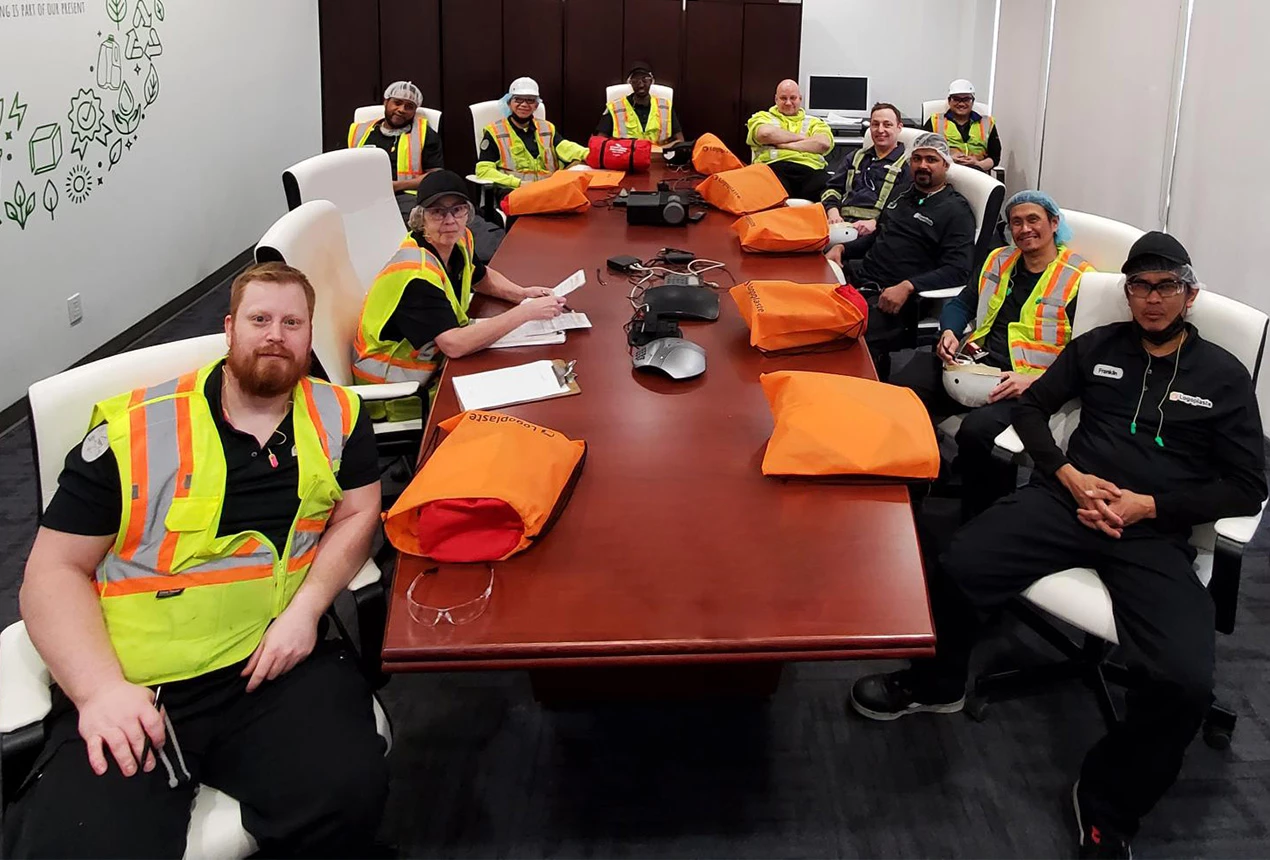We promote a Health and Safety Culture founded on Authenticity, Empowerment and Accountability. Our goal is to always ensure the health and safety of our employees, contractors, customers, and the surrounding communities.

At Logoplaste, we have a culture of continuous OHS improvement driven by five main strategies:
The QEHS policy describes our vision and provides a framework for developing our management systems. The policy is reviewed annually and approved by our CEO. All sites communicate this policy with their teams and develop suitable action plans.
All our plants comply with OHS management systems’ legal requirements for full-time, temporary and agency employees. To further continue our safety standardization, we have been gradually certifying sites according to ISO 45001 international standard, starting with those that have the highest number of employees. In 2022 as part of our Digital Operation strategy, we developed a standardized internal audit and inspection module. This will create standard audit and inspections across all plants and enable these processes to be digitalized (no manual records).
We use risk assessment process that identifies hazards in the workplace which are then analyzed by the plant managers and their teams. Together, they develop and implement immediate safety systems and action plans.
Each site holds regular meetings with all team members. The sessions address local performance, improvement plans, accidents, and potential changes in the workplace. Meeting minutes and action plans are posted.
The use of unsafe conditions* reporting is key in employee engagement, enabling teams to identify hazards, making the workplace safer. In 2022 we used a standardized reporting system to record unsafe conditions via our EHS intranet page.
*An unsafe condition is anything with the potential to cause harm, injury and/or damage.
Training needs are clearly identified in the Global Training Matrix and all Logoplaste employees receive regular training suited to their role.
Training is delivered in the workplace during working hours whenever possible. Training effectiveness is measured through on-the-job tasks and simulations.